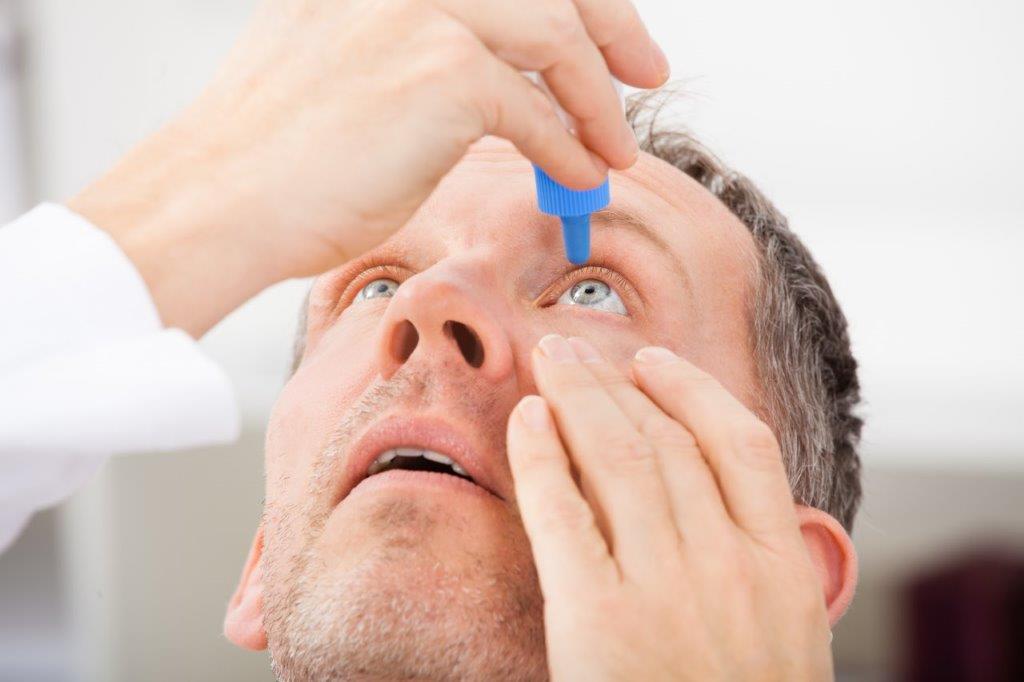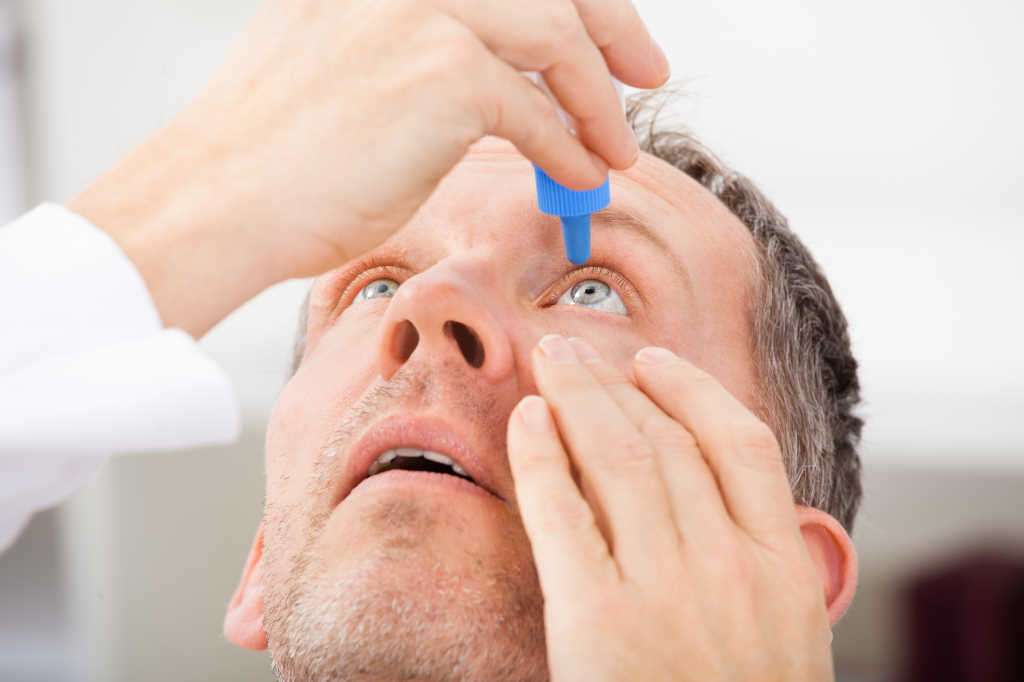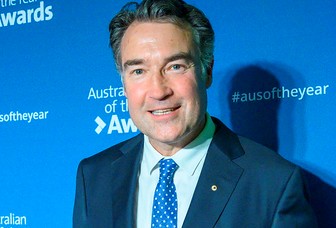Assessing the presbyopic drop landscape
The 75th Contact Lens Update reviewed pharmacological presbyopia treatment options as an alternative to or adjunct to lens-based or surgical treatments, highlighting that three pilocarpine-based drops are already FDA approved, with at least six other miotic formulations in the pipeline.
The magazine’s editorial, by ophthalmologist Assistant Professor Elisabeth Van Aken and clinical chemist Professor Joris Delanghe (both based in Belgium), pointed out that since contact lenses, refractive procedures and presbyopia-correcting implants each have limitations and side effects – including visual distortions, regression of effect, complications such as corneal ectasia and haze, anisometropia following monovision correction, impaired distance vision and the invasive nature of the current techniques – a pharmacological approach seems to be an attractive solution. However, pharmacological miotic agents can constrict the visual field, they cautioned, which is problematic for patients, particularly during night driving. Diffraction at very small pupil sizes may also decrease overall vision quality, they said. “A myopic shift may also be induced, not only comprising distance vision but potentially increasing the risk for retinal detachment in myopic individuals.”
Allergan’s Vuity once- or twice-daily drops (pilocarpine 1.25%, with benzalkonium chloride 0.0075% preservative) were approved in December 2021, followed by a four-times-daily iteration in March 2023. Orasis Pharmaceuticals’ preservative-free Qlosi (pilocarpine hydrochloride 0.4%) was recently approved and is expected to be commercially available in the US in early 2024. Among the other miotic agents currently undergoing phase 3 trials is Ocuphire Pharma’s phentolamine 0.75%, which inhibits pupil dilation, creating a pinhole effect at the iris plane. “Due to this mechanism of action and the lack of activation of the ciliary muscle, it could reduce the risk of traction on the retina,” wrote Dr Selina McGee, optometrist and vice president of the Intrepid Eye Society.
Combination therapies under investigation include Lenz Therapeutics’ aceclidine with brimonidine in the Lenz-101 study, plus Visus Therapeutics’ Brio 1 and Brio 2 studies of Brimochol (carbachol with brimonidine). Brimonidine is thought to increase bioavailability and the duration of effect, said Dr McGee, citing a 2019 study whose authors claimed it may also decrease ciliary muscle spasm.
Presbyopia’s loss of lens elasticity is thought to be related to the formation of disulfide bonds. Despite some failed trials in this area, A/Prof Van Aken and Prof Delanghe said other methods of restoring lens elasticity may still have therapeutic value. “Deglycating recombinant enzymes have been proposed to destroy the crosslinks between ageing lens fibres. This enzymatic treatment, administered as eye drops, rejuvenates eye lens proteins (crystallins) and appears to have lasting effects (years), although currently demonstrated only in vitro.”
It is crucial to note the lack of long-term safety data for pharmacological presbyopia treatments, said Dr McGhee. “As this drug class expands, there will be increased opportunities to comprehend the potential risks and benefits associated with prolonged use. Understanding individual patient needs and employing a variety of (lens- and drop-based) presbyopia options for each situation can give patients a tailored approach, moving beyond a one-size-fits-all methodology.”
The full paper is available here.
























